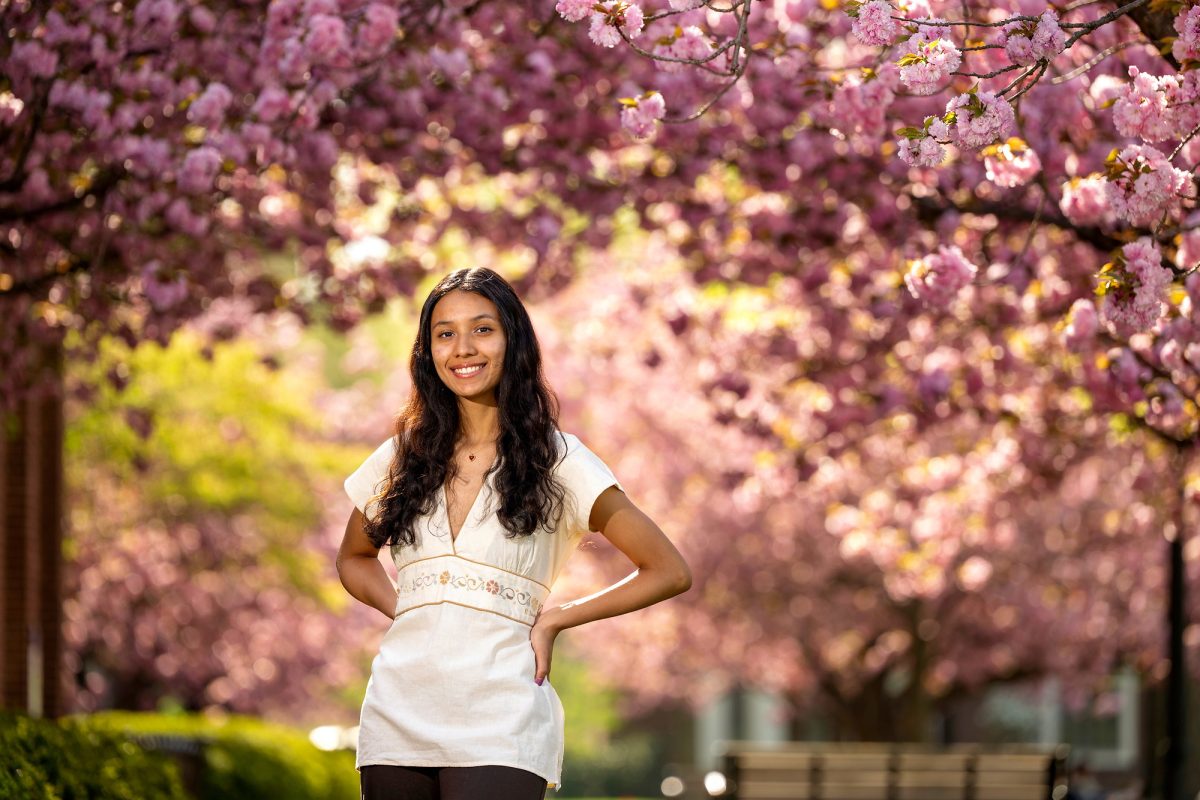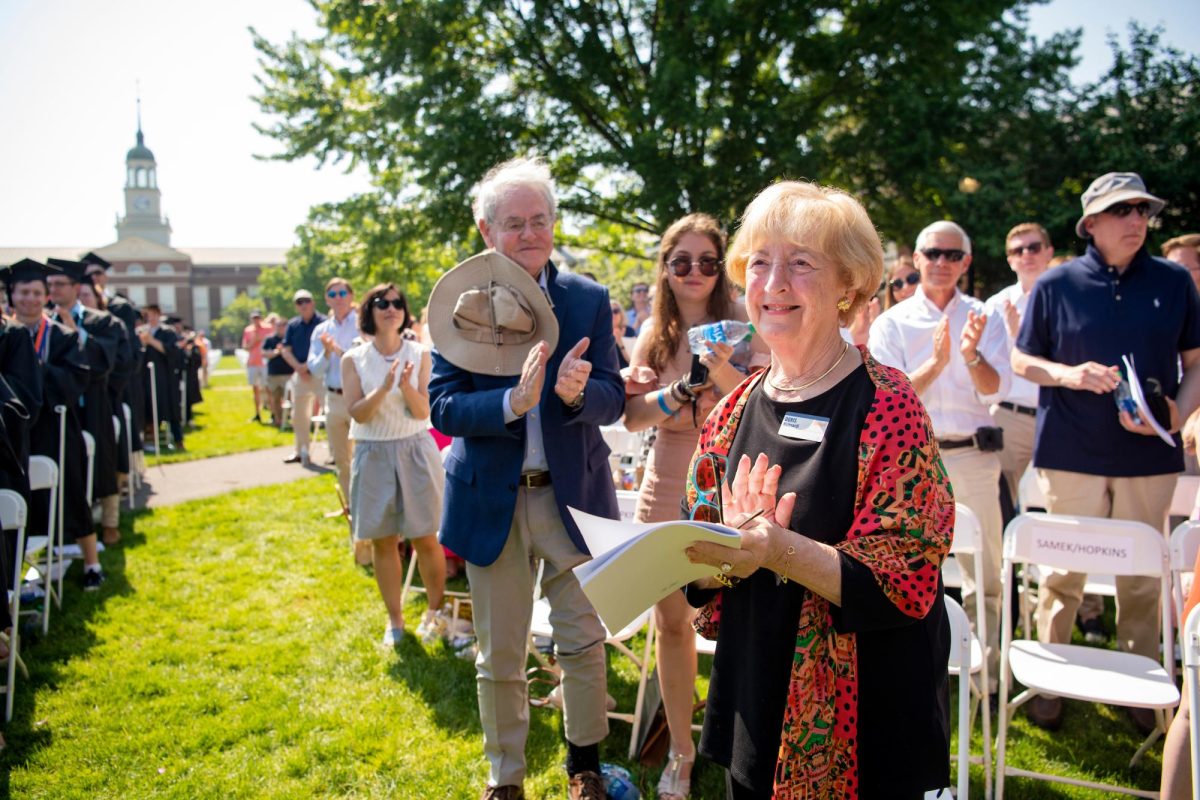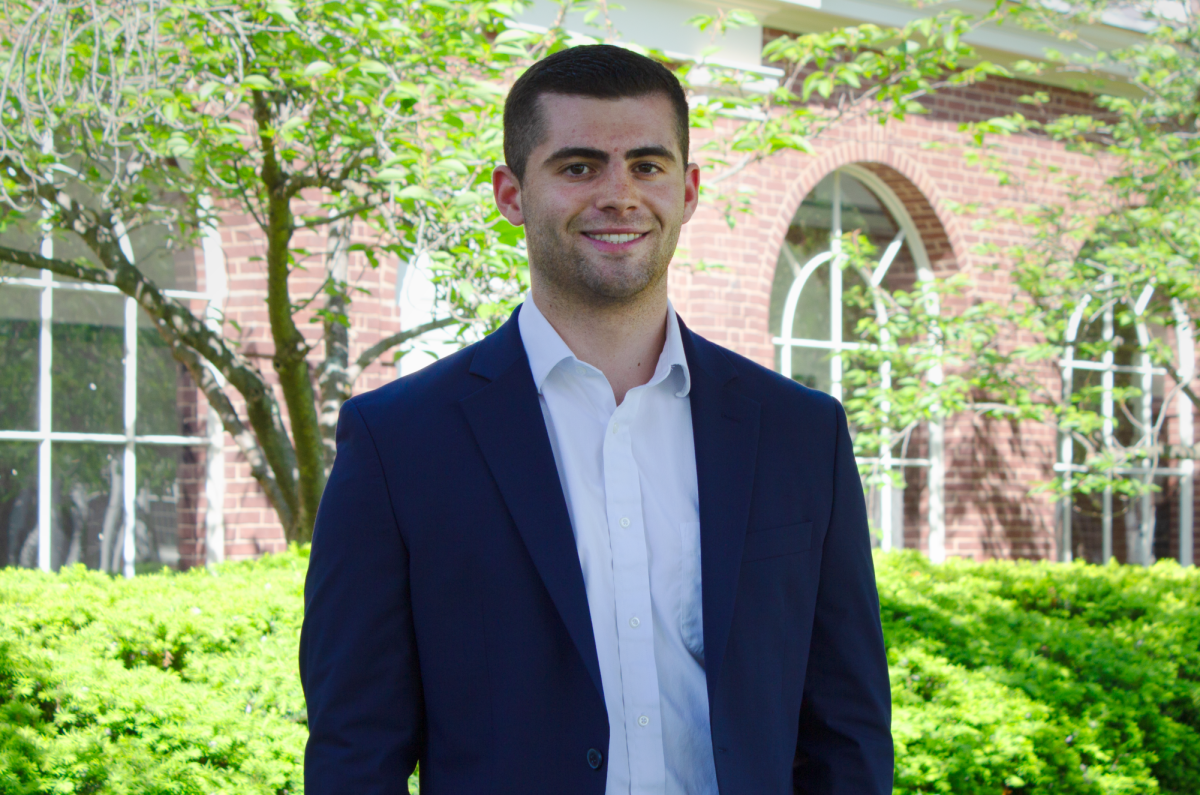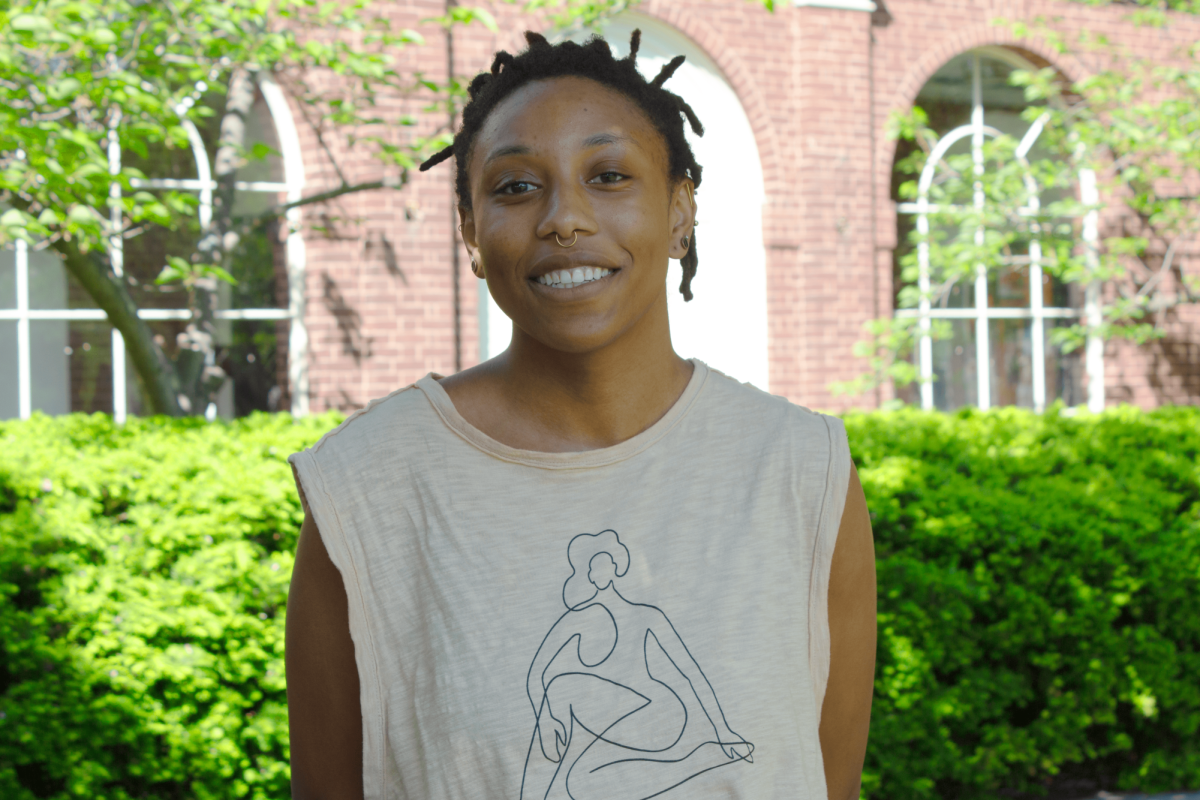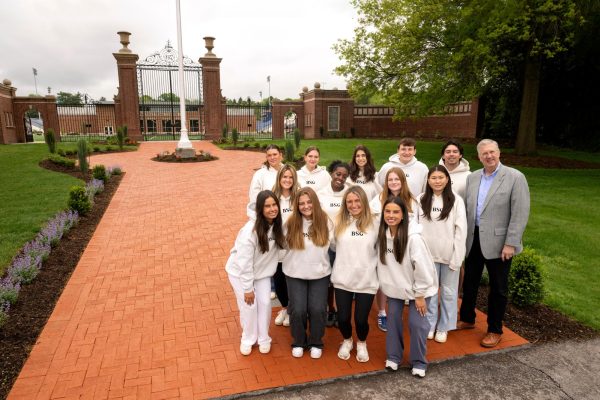Editorial: The Power of Interpretation
Since kindergarten, we’ve been taught that art is a way to express ourselves. Through painting, drawing, sculpture, interpretive dance, film, and other mediums, art is a method for anyone to reveal something about themselves or to tackle issues that relate to a majority of students on a college campus.
At our University, we’re constantly exposed to art, sometimes without being fully aware of it. We walk by sculptures on campus every day. Student photographs, paintings, and more line the walls of the ELC. Students are always creating, performing, and expressing themselves in different ways, but many of us don’t stop and take notice. Even more importantly, the University showcases not only the talent of our students, but the talent of people from around the world who use art to interpret universal issues and themes.
Currently on our campus, we are exposed to two powerful artistic interpretations that address broad themes and issues. Our University’s own Samek Art Gallery is exhibiting “Afrotechtopia,” which explores the phenomenon of Afrofuturism in art, music, film, and literature. This exhibit encourages viewers to think deeply about how these culture-specific expressions affect our collective vision of the future, especially in regard to the increasing use of technology and the separation of cultures and, more generally, people from one another. Our campus includes students of all races and ethnicities, and Afrotechtopia is evocative of the diversity not just found on college campuses, but also throughout the world. Afrotechtopia shows how important cultural perspectives can change the future of our generation.
Samek Art Gallery is also featuring “The Cliteracy Project” by New York artist Sophia Wallace. Through neon signs, historical information, scientific data, pop cultural references, and much more, she promotes “cliteracy.” Her term refers to the understanding of an area of the female body that has only recently been given attention by scientists. At our University, where about half of our students are biologically female, this exhibit is more than appropriate. For males, a main idea to take away from this exhibit–knowing your body and feeling comfortable in your own skin–is relative.
Whether it’s through viewing artistic interpretations, taking classes on campus, or simply reading about these ideas on the internet, we should expose ourselves to all different types of interpretations, no matter how “out there” they may seem. Art provides us with a unique lens through which we can view the world, but more importantly, through which we can view ourselves. It is our job as liberal arts students to understand this and make it our mission to seek knowledge, information, and perspectives wherever we go. We shouldn’t shy away from abstract or unconventional expressions of topics like ethnicity or biology. We should embrace these unique interpretations and use them to form our own.
